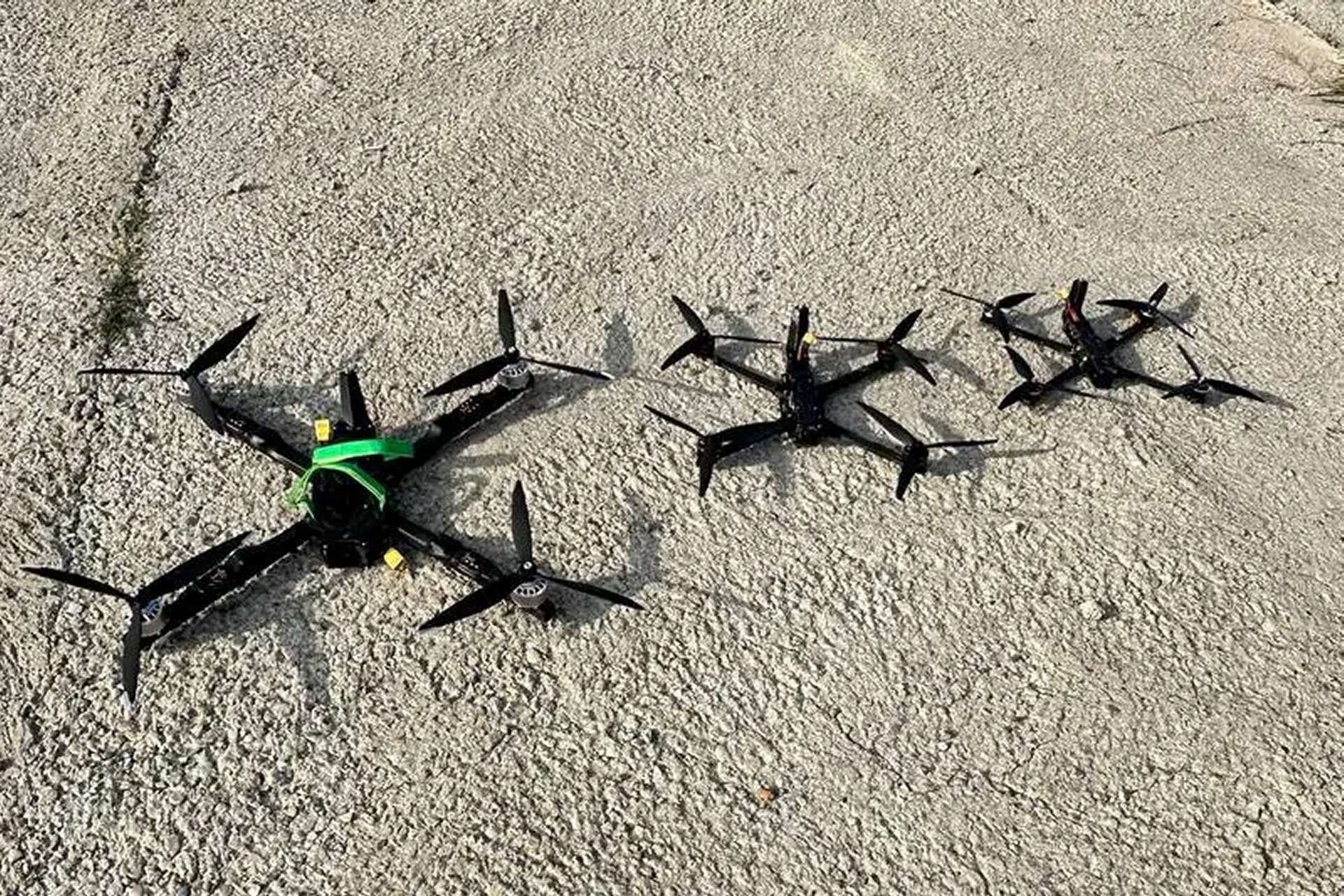Breaking News
Russia Deploys AI-Equipped Vetr Unmanned Aerial Vehicle in Ukraine.
The FPV (First Person View) drone "Vetr," equipped with artificial intelligence (AI) capabilities, has begun to be deployed in the Ukraine conflict, according to the developing company. These drones are designed to target and attack autonomously without direct operator intervention.
Follow Army Recognition on Google News at this link

The company offers two models in the "Vetr" series: "Vetr 10" and "Vetr 13". (Picture source: French Vetr)
The company offers two models in the "Vetr" series: "Vetr 10" and "Vetr 13," with payload capacities of 3.5 kg and 8 kg, respectively. Both models can strike targets up to 20 km away and reach speeds of 150 km/h. The main feature of these drones is their AI elements, which allow them to lock onto and attack targets autonomously after being directed to the general area by an operator.
The AI technology integrated into the "Vetr" drones enables automatic target acquisition and attack, significantly reducing the operator's workload. This technology includes a target indicator that locks onto the objective, allowing the drone to autonomously fly towards and engage the target without further human input.
To enhance operator safety, the developers have moved the transmission apparatus away from the operator's location, using either aerial or wired connections. This measure helps protect operators from direct attacks by Ukrainian forces.
The drones have undergone rigorous testing and received the necessary protocols from the Russian Ministry of Defense's Innovation Development Directorate. The company is currently delivering 3,000 units per month to the conflict zone, where they are actively used by Ukrainian forces.
In the broader context of the Ukraine conflict, both Ukrainian and Russian forces have increasingly adopted FPV drones. These drones, often used for targeted strikes on enemy vehicles and positions, have transformed modern warfare. AI enhancements are critical in countering electronic warfare tactics, which frequently disrupt communication signals between drone pilots and their UAVs. By automating the final attack stages, AI mitigates the impact of signal jamming, allowing drones to complete their missions even if pilot control is lost.
The use of AI in drone warfare is a significant advancement, enabling swarms of drones to operate in coordination and conduct complex operations with minimal human oversight. This development is crucial as both sides continue to innovate in response to the evolving demands of the battlefield.


























